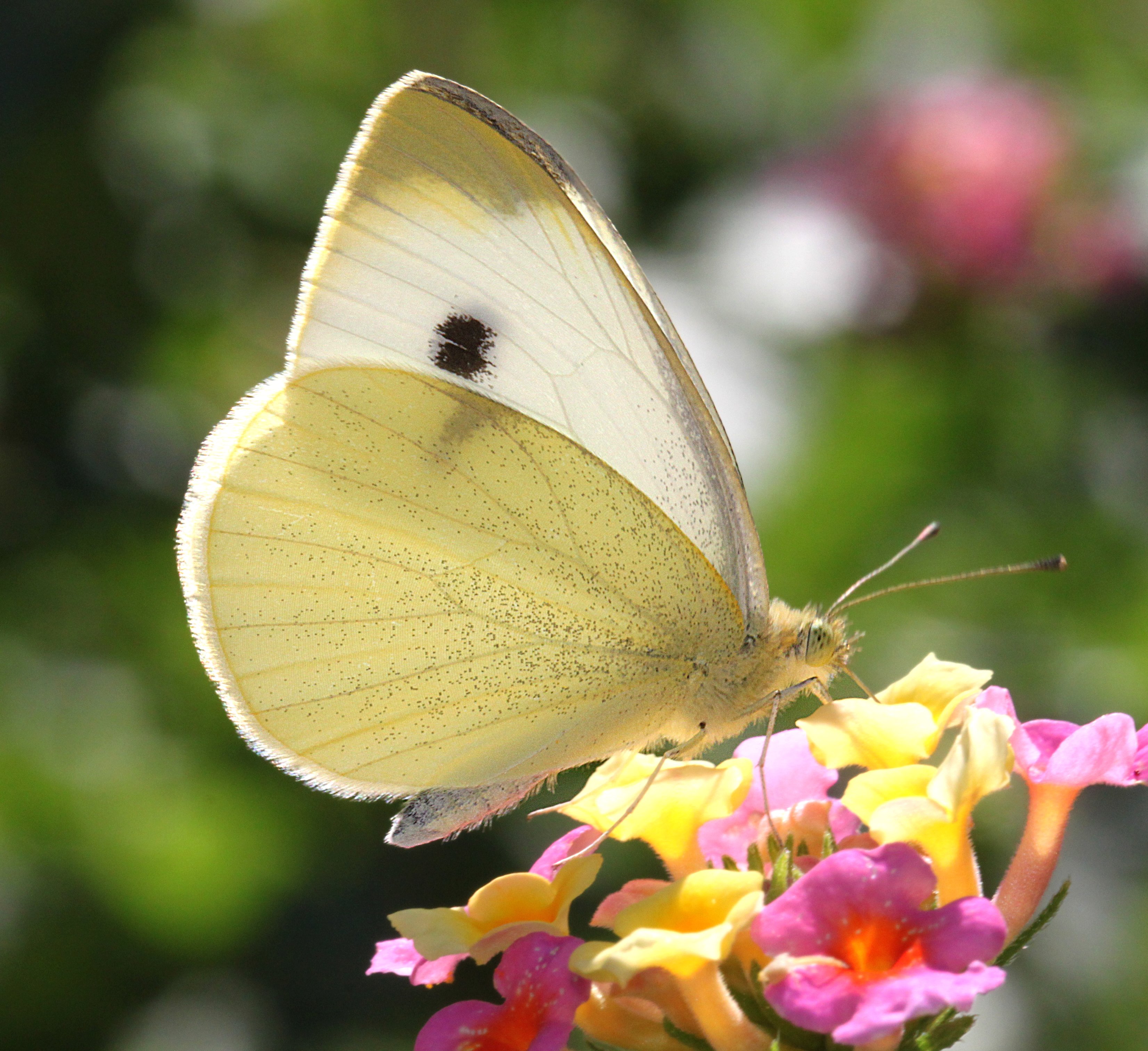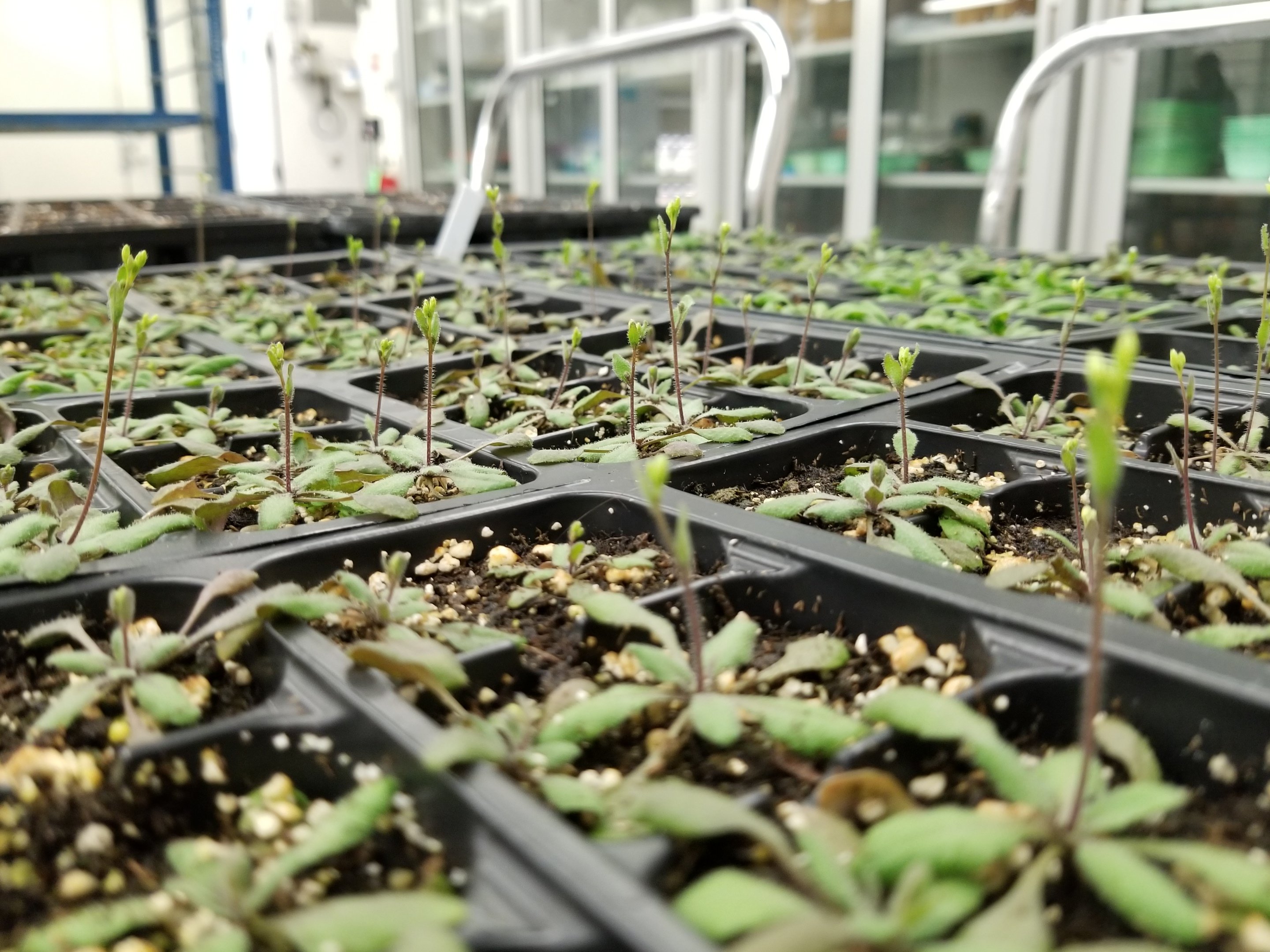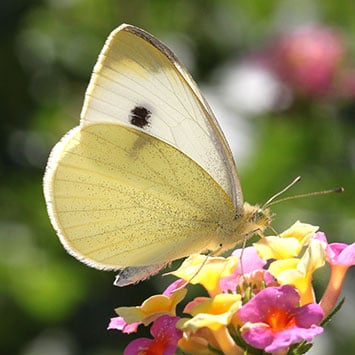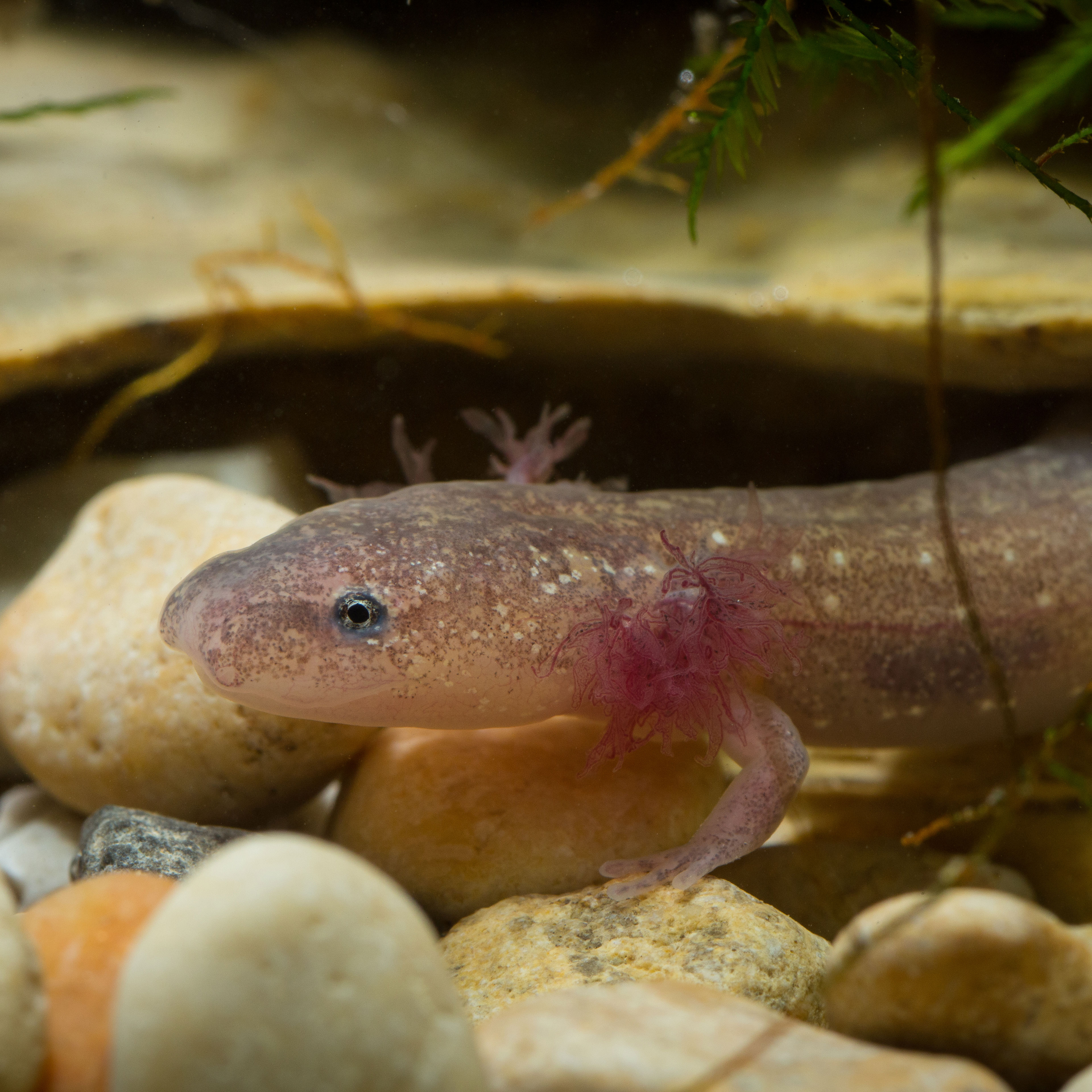Backyard Butterflies, Meet Climate Change | Chicago
A common butterfly could be an indicator of climate effects to come.
Cabbage white butterflies are not the kind of species you would expect Urban Nature host Marcus Kronforst to study. He and his Kronforst Lab at the University of Chicago usually work with butterflies from exotic locations in Asia and Latin America. But these plain, white butterflies can be found in the American Midwest.
“For this project, we are doing something quite different,” Kronforst said. “We are focused on this very common, little, bland butterfly right in our backyard.”

It turns out that this backyard butterfly might be an interesting case study for the future effects of climate change because of its very particular eating habits.
The host plants for cabbage whites consist of a variety of species in the mustard plant family, which are the only plants on which adult females will lay their eggs. The plant family includes cauliflower, broccoli, mustard, and, of course, cabbage.
Kronforst’s previous studies have shown how the butterfly and plant have literally grown up together, evolving side-by-side over the course of millions of years. The two species have weathered countless changes to the planet together – including ice ages. But how would this age-old relationship be impacted by a more sudden shift in climate?
“Climate change is rapidly changing the environments that these butterflies and plants experience,” Kronforst explained. “We can look at what scientists are predicting the future will look like, and we want to know, 50 to 100 years from now, what’s that interaction going to look like? How well are the plants doing? How much do the plants grow? And how well do the insects do, are they growing well, are they reproducing a lot?”
Kronforst’s lab simulated the effects of climate change using five growth chambers – what he calls “mini time machines” – which his team programmed to mimic a variety of scenarios. They raised the temperature in one chamber by roughly 5 degrees, used about twice as much carbon dioxide in another, and increased both temperature and carbon dioxide in two other chambers. As a control, the lab also programmed a chamber using the current temperature and level of carbon dioxide.
The cabbage white butterflies and its host plant were raised together in each chamber.
The butterflies performed well in chambers with elevated temperature and carbon dioxide. In fact, they laid even more eggs compared to today’s conditions.
The plants, however, did not fare so well in the climate change scenarios.
While the host plants grew a significant amount of foliage under elevated carbon dioxide, they had delayed flowering. And when temperature was increased, the plants were stressed and did not grow enough.

The stunted growth of the plants, in turn, doomed the cabbage white butterflies. The caterpillars ate the puny plants down to the soil, and they ultimately starved to death.
Kronforst cautions that the results could vary in a natural setting. While the cabbage whites and host plants were locked inside the chambers for the experiment, in the wild the butterflies and seeds of the plants could move to cooler regions, further from the equator, in order to maintain their historic relationship.
“At the very least, we can say that the interaction between the cabbage white butterfly and its host plants, in the Chicago area, is going to be radically different in the future,” Kronforst explained.
The results of the study could also shed some light on the future challenges that other species will experience in the face of climate change.
“Our results are likely to be enlightening of what natural systems will experience in the coming future in general, where we see these sort of mismatches leading to problems,” Kronforst said. “There are lots of migratory birds that historically fly to their breeding ground when there are lots of insects to eat. Today we’re seeing more examples in which the birds show up late after the insects have already gone. So we expect situations like this, and what we’re seeing with our butterflies, to become increasingly common.”
— Sean Keenehan






